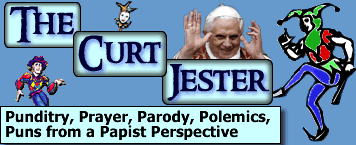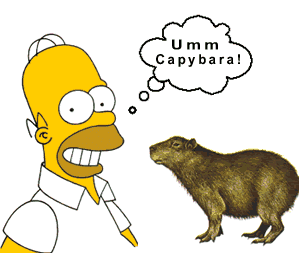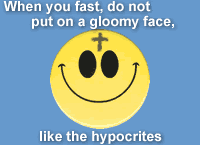We do have a rich treasury of hymn-poems to read, to sing, and to keep close to the heart. Some of them are almost as old as Christianity itself. They come from Latin and Greek, from our own English, from French and German and all the languages of Europe. Some were written by saintly divines with a fine ear for poetry: John Henry Newman (“Praise to the Holiest in the Height”), Charles Wesley (“Love Divine, All Loves Excelling”). Many were written by the great Dr. Isaac Watts, who set the psalms to English meter and rhyme. Some rose up from an anonymous lyricist among the folk: “What Wondrous Love Is This.” Some entered our language by the skill of great translators, like John Mason Neale and Catherine Winkworth. Some were the work of pious laymen who meditated upon Scripture all their lives: so the blind Fanny Crosby gives us “Jesus, Keep Me Near the Cross.” Just as many of our most beautiful melodies were written by the finest composers who ever lived—Bach, Handel, Haydn—so too many of our hymn lyrics were written by poets of some renown: George Herbert, Robert Bridges, Gerard Manley Hopkins, John Milton.
So why, then, why do we have verse-by-numbers lyrics posing as real poems in our hymnals? Why, when we have such a trove of the great, the profound, the beautiful, the memorable, the poignant, the splendid, do we have to endure what is banal, clunky, clumsy, dull, vague, and silly?
A piece from an excellent article from Antony Esolen
Often it is like living in a warehouse full of fine china plates and when we eat we break out paper plates. We do the same with our hymns – our heritage is a treasury of beautiful hymns and we dine on banal ones.
The headline at the top is from Fr. Dwight Longenecker who has his own thoughts on the article.




